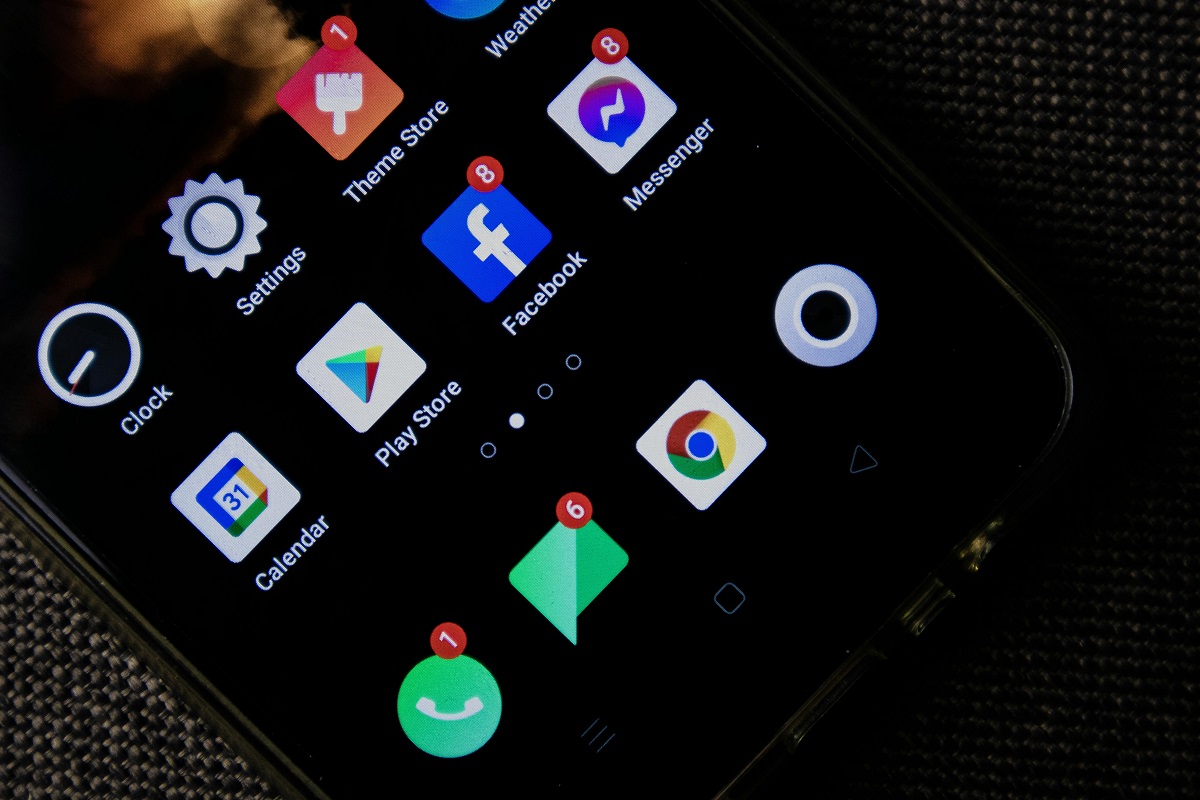In the fast-paced world of digital marketing, Facebook Ads remain one of the most powerful tools for reaching your audience and driving measurable results. Despite the emergence of new platforms like TikTok and the evolution of ad formats across social media, Facebook, along with its Meta-owned properties like Instagram, Messenger, and the Audience Network, still provides advertisers with unparalleled targeting capabilities and expansive reach. In 2025, as data privacy policies evolve and artificial intelligence continues to influence user behavior and platform algorithms, it’s more important than ever to create Facebook ad campaigns that not only reach users but compel them to act.
Why Facebook Ads Still Matter in 2025

In an age where users are inundated with content across dozens of apps and screens, many marketers wonder if Facebook Ads are still worth the investment. The short answer? Absolutely. Facebook’s ad platform, powered by Meta, is still one of the most versatile and data-rich advertising ecosystems available. With over 3 billion monthly active users on Facebook and Instagram combined, advertisers can tap into virtually any niche or demographic segment with precision targeting options.
Moreover, Facebook’s robust infrastructure enables advertisers to reach users not only based on age or gender but also on interests, behaviors, previous purchase activity, browsing habits, and even how they interact with content on and off Meta platforms. Meta’s advertising platform is more than just Facebook—it includes Instagram, Messenger, and Audience Network, which distributes your ads across a network of high-traffic mobile apps and websites. The platform also supports powerful machine-learning optimization algorithms that learn from your data and adjust in real-time to show your ads to the people most likely to convert.
While privacy changes like Apple’s iOS 14.5 update initially reduced ad tracking capabilities, Meta responded with improved server-side tracking through the Conversions API, smarter machine learning models, and stronger first-party data tools. In other words, Facebook Ads have evolved and adapted—and those who stay updated with best practices can still get exceptional ROI, especially when using well-structured campaigns, properly installed tracking, and compelling ad creatives.
Set a Clear Campaign Objective
Every successful ad campaign starts with a clearly defined goal. Facebook Ads Manager offers different campaign objectives that align with specific business outcomes, and selecting the right one is critical. When you choose an objective, Facebook’s algorithm will optimize ad delivery to users most likely to take that specific action.
For example, if your goal is to generate online purchases, choosing the Conversions objective allows Facebook to optimize for users who have a history of completing purchases. Conversely, if you choose the Traffic objective, your ads will be shown to people most likely to click a link—but they may not be the same people who are likely to buy.
Awareness (brand recognition, reach)
Consideration (traffic, engagement, video views, lead generation, messages)
Conversion (website purchases, app installs, catalog sales, store visits)
If your business goal is sales or lead generation, always opt for a conversion-based objective. Although traffic and engagement campaigns may appear cheaper in terms of cost-per-click, they often result in low conversion rates because the wrong users are being targeted.
Install and Configure the Meta Pixel
To effectively track your ad performance and understand which users are taking valuable actions on your website, you need to set up the Meta Pixel. The Meta Pixel is a piece of tracking code you add to your website that allows you to gather data on user interactions like page views, button clicks, purchases, form submissions, and more.
Without the Pixel, Facebook has limited insight into how your ads are performing beyond clicks and impressions. With it, you can build Custom Audiences based on specific behaviors, create Lookalike Audiences to find new customers similar to your best ones, and track return on ad spend (ROAS) with greater accuracy.
Go to your Meta Business Suite and navigate to Events Manager.
Click Add Data Source → Meta Pixel.
Name your Pixel and connect your website.
Choose installation method:
Manually insert the code into your site’s header.
Use integration options for platforms like Shopify, WordPress, Squarespace, etc.
Set up Standard Events such as
PageView
ViewContent
AddToCart
InitiateCheckout
Purchase
Combine the Meta Pixel with the Conversions API (CAPI) for server-side tracking. This helps recover lost data due to browser restrictions and ensures more accurate reporting, especially on iOS devices.
Define and Segment Your Target Audience
Targeting is where Facebook Ads truly shine. The ability to show your ads to the right people at the right time is what sets this platform apart. However, with so many targeting options, it’s easy to get overwhelmed. Start by defining your ideal customer persona—think about their age, location, job role, interests, income level, and digital habits.
Core Audiences
This lets you target users based on
Location (country, state, city, or radius)
Demographics (age, gender, relationship status, education)
Interests (fitness, fashion, travel, etc.)
Behaviors (purchase behavior, device usage, travel habits)
Custom Audiences
These are your “warm” audiences—people who have already interacted with your brand
Website visitors (via Pixel)
People who engaged with your social content
Past customers or leads (via email uploads)
Users who watched your videos or clicked your previous ads
Lookalike Audiences
These are “cold” audiences, but highly targeted. Facebook takes your best customers and finds other users who share similar characteristics and behaviors.
Start by targeting your warm audiences first—they are more likely to convert. Then, as your data grows, create lookalikes based on purchasers or high-intent users.
Choose Smart Ad Placements
Ad placements determine where your ad appears—on Facebook, Instagram, Messenger, or across Meta’s Audience Network. By default, Facebook recommends Automatic Placements, which allows its algorithm to optimize delivery across platforms to get the best results.
Placement options include
Facebook Feed
Instagram Feed
Facebook Stories and Instagram Reels
Messenger Inbox
In-Stream Video
Marketplace
Audience Network
Although automatic placements are recommended for beginners, analyzing performance after a few days will help you determine which placements are giving the best ROI. If Instagram Reels or Facebook Stories perform best, consider customizing your creative assets specifically for vertical formats.
Set an Effective Budget and Bid Strategy
Budgeting is often one of the most intimidating parts of Facebook advertising, but it doesn’t have to be. You can start small—many businesses begin with as little as $5 to $10 per day to test new audiences or creatives.
There are two budget types
Daily Budget: You choose an amount Facebook will spend each day.
Lifetime Budget: You set a maximum budget over a specified time period.
Bidding strategies include:
Lowest Cost (Facebook spends your budget most efficiently)
Cost Cap (Set a desired cost per result)
Bid Cap (Set the maximum bid per action)
Beginner Strategy: Use Lowest-cost bidding with a small daily budget and allow Facebook to optimize over a few days. Once you identify a winning ad set, scale slowly, increasing your budget by 20–30% every few days to avoid disrupting the algorithm.
Create Compelling Ad Creatives
Your creativity is the face of your campaign, and it can make or break your ad performance. In 2025, consumers have shorter attention spans than ever, so your ad must immediately stop the scroll and deliver value.
Popular formats include
Single Image Ads (simple, direct, good for announcements)
Video Ads (best for storytelling or demonstrations)
Carousel Ads (showcase multiple products or features)
Story and Reels Ads (vertical, immersive, and highly engaging)
Collection Ads (great for e-commerce showcasing multiple products)
Best Practices for Creative
Use bold, eye-catching visuals with minimal text.
Highlight pain points and offer a clear solution.
Incorporate UGC-style videos for authenticity.
Use captions for videos—many users watch without sound.
Copywriting Tips
Use emotionally compelling headlines.
Focus on benefits, not just features.
End with a strong CTA: “Shop Now”, “Get Your Free Trial”, “Learn More”, etc.
A/B Test Everything
No matter how confident you are in your ad, always test. Split testing allows you to compare variables and discover what resonates with your audience.
Creative (image vs. video)
Headline copy
Call-to-action buttons
Different audiences (lookalikes vs. interests)
Use Facebook’s built-in A/B Testing tool or manually duplicate ad sets and change one variable at a time. After a few days, analyze the metrics and kill underperformers while scaling the winners.
Monitor, Analyze, and Optimize
Once your ads are live, the work is far from over. It’s crucial to regularly check performance metrics and make data-driven adjustments.
CTR (Click-Through Rate): Indicates how engaging your ad is.
CPC (Cost Per Click): Lower is better.
Conversion Rate: % of people who took action after clicking.
ROAS (Return on Ad Spend): The holy grail of ad performance.
Monitor frequency (how often users see your ad). High frequency can lead to ad fatigue, meaning people are seeing your ad too many times without converting. When this happens, refresh your creatives or target a new audience.

